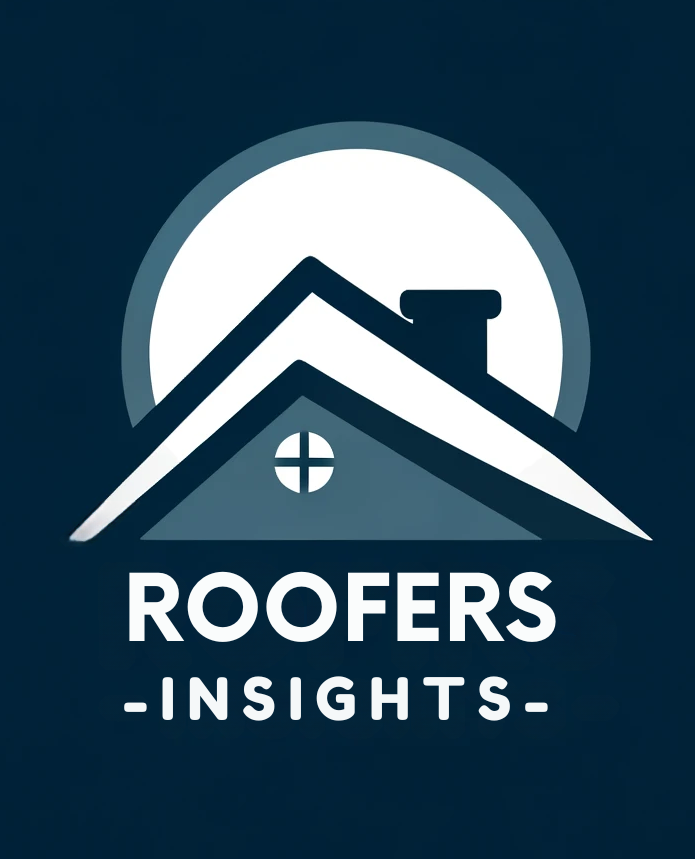Ensuring Safety in Every Shingle: Advanced Protocols for Roofing Contractors
Foundations of Roof Safety
Ensuring the safety of our crews on the roof starts with understanding regulations, using the right equipment, and providing comprehensive training.
Understanding OSHA Standards
OSHA sets forth guidelines that are critical for our trade. As roofers, we must be familiar with OSHA’s Fall Protection standards specified in 29 CFR 1926.501. This code mandates that any time a worker is at a height of six feet or more, the employer must provide fall protection measures. This could involve safety nets, guardrail systems, or personal fall arrest systems (PFAS). It’s my responsibility to stay current with these regulations, following both federal and state-specific rules to maintain a safe work environment on the roof.
Safety Equipment Essentials
Proper safety equipment is a roofer’s best defense against workplace accidents. It’s important for me to outfit my crew with:
- Hard hats to protect against falling objects
- Safety glasses for eye protection
- Hearing protection to prevent long-term damage from loud equipment
- A roof safety harness for each individual when they’re working at heights
- Lanyards and lifelines that are part of a personal fall arrest system
Each piece of equipment should be inspected regularly to ensure it’s in good working condition and replaced if it shows any signs of wear and tear.
Comprehensive Safety Training
A roofer’s knowledge is their lifeline, which is why comprehensive safety training is mandatory. I make sure all new hires go through a rigorous safety program that covers:
- Proper use of personal protective equipment (PPE)
- The right techniques for wearing safety harnesses
- How to install and utilize guardrails and fall protection systems
Beyond the basics, I also provide ongoing training and manuals so that safety is always fresh in their minds. Keeping my team safe is my priority, and knowledge is as much a tool as a hammer or nail gun.
Preparation and Inspection Routines
Prior to any roofing job, I ensure I have robust procedures in place for both inspecting the roof and checking my gear. This guarantees safety and efficiency from start to finish.
Conducting Thorough Roof Inspections
My routine begins with a meticulous roof inspection. I adhere to a comprehensive inspection checklist that covers all aspects of the roof’s condition. This checklist includes:
- Weather Conditions: Checking the forecast for extreme temperatures or inclement weather that could affect the roof’s integrity or my safety during the inspection.
- Hazardous Substances: Identifying any potential hazards like asbestos or biological growths that require specialized handling.
- Structural Assessment: Examining the roof for signs of wear, such as damaged shingles or underlying structural issues.
I document all findings carefully, noting areas that demand swift attention.
Equipment and Tool Inspection
After assessing the roof, I inspect my equipment. A broken ladder or faulty tool can lead to accidents, so I never skip this step.
-
Scaffolding and Ladders: I check for stability and structural integrity. Any damage or defects mean immediate replacement.
Item Checklist Ladder Secure rungs, no corrosion Scaffolding Stable platforms, secure locking mechanisms Tools: Every tool, from hammers to nail guns, is inspected for operational efficiency.
- Nail Gun: I test the firing mechanism and air pressure levels.
- Hammer: The handle and head must be firmly attached; no wobbling is tolerated.
-
Safety Equipment: My personal safety gear, including harnesses and helmets, is checked for any signs of wear or damage. It must meet current safety standards to ensure my protection.
Frequently Asked Questions
In roofing, safety and knowledge go hand in hand. These FAQs provide detailed insights for improving roof inspections, maintenance, and crucial safety protocols.
What procedures should be followed for a thorough residential roof inspection?
For a detailed residential roof inspection, I start by examining the shingles for signs of wear and tear, checking the flashing around vents and chimneys, and ensuring the gutters and downspouts are clear and functional. I document any signs of water damage or penetration in the attic space, which can indicate leaks.
How can roofers ensure their long-term roof care practices are effective?
Effective long-term roof care hinges on regular inspections and prompt repairs. I advise setting a biannual schedule for inspection and immediately addressing any damage. This approach prevents minor issues from escalating and extends the roof’s lifespan.
Can you list the essential safety tips for roofers to prevent injuries?
Key safety tips include always using a harness and personal fall arrest system, ensuring ladders are securely placed and extend at least 3 feet above the roof edge, and wearing non-slip footwear. I stress the importance of being vigilant about the weather conditions to avoid working in risky scenarios.
What are the specific OSHA requirements that pertain to working on rooftops?
OSHA mandates guardrail systems, safety net systems, or personal fall arrest systems for work areas that are 6 feet or more above lower levels. I make sure to stay updated on OSHA’s latest guidelines for residential construction which include criteria for scaffold and ladder use, as well as head protection.
Which three safety precautions are crucial for safe roofing work?
The top three precautions I always adhere to are: 1) using fall protection gear when necessary, 2) maintaining a clean and organized work area to prevent trips and falls, and 3) being constantly aware of the roof’s edge and any penetrations or weak spots.
What is the maximum number of shingle layers permitted on a roof, and how does it affect roof safety?
The maximum number of shingle layers usually comes down to the building codes in your area, but generally no more than two layers are recommended for safety and structural reasons. Additional layers add weight and can mask underlying damage, compromising the roof’s integrity.
